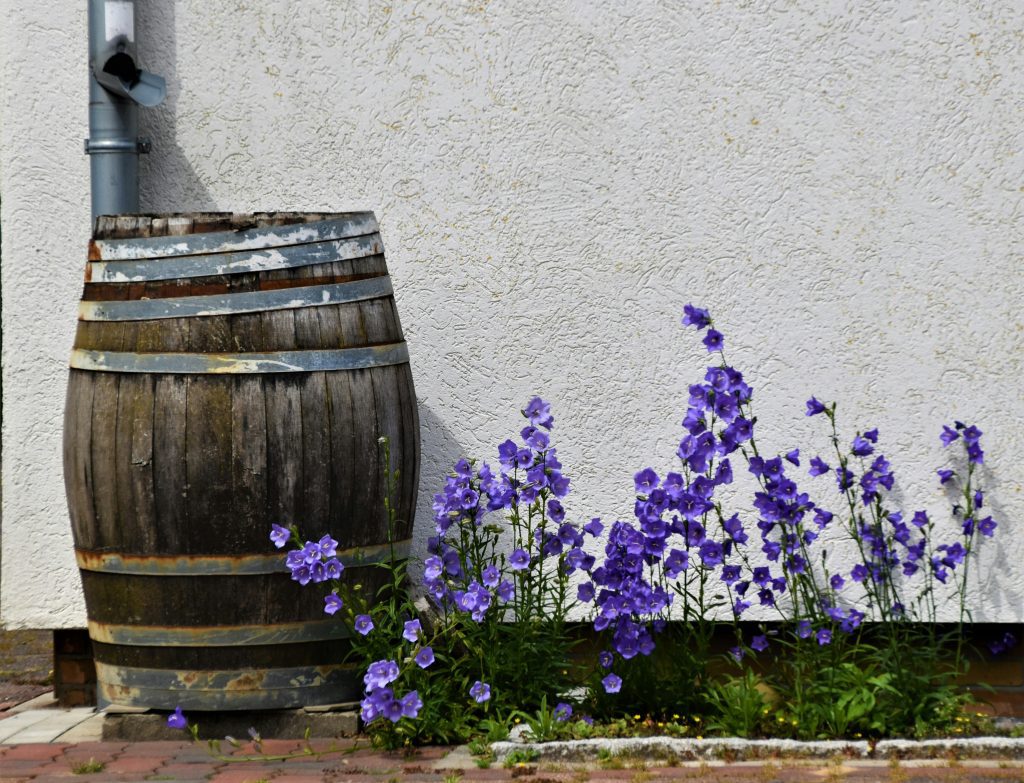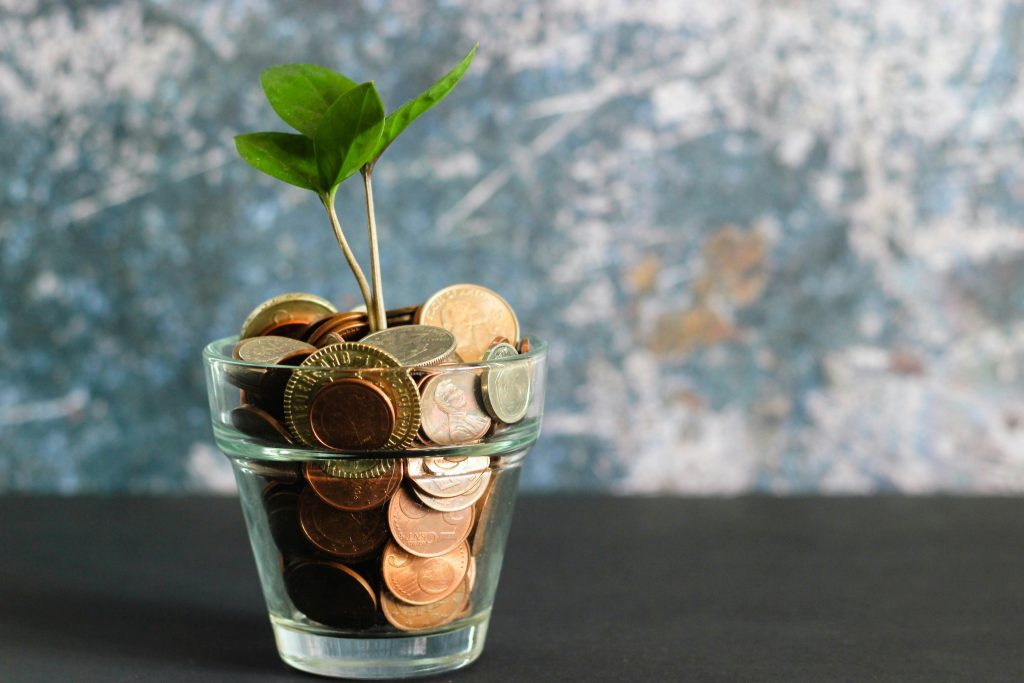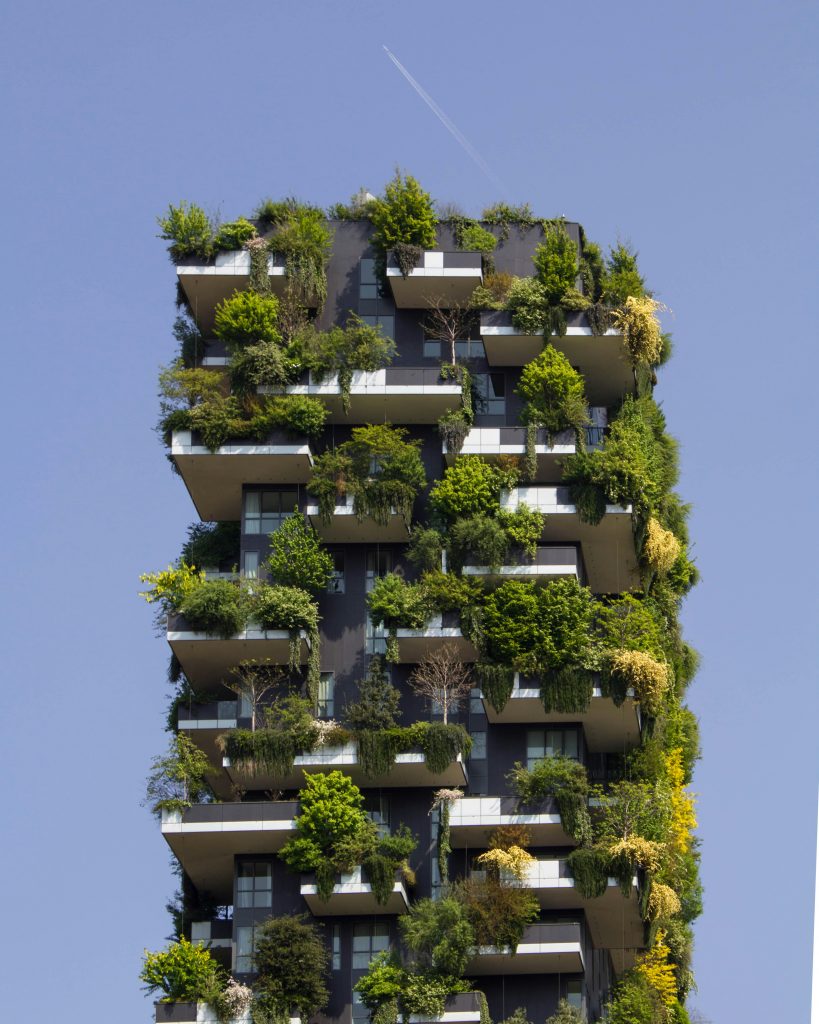In today’s world, the need for environmentally friendly homes has become increasingly important. With the growing concern over climate change and the impact of traditional homes on the environment, it is crucial that we take steps to reduce our carbon footprint. Traditional homes consume a significant amount of energy and resources, contributing to greenhouse gas emissions and depleting natural resources. This is where green homes come in as a solution.
Green homes, also known as sustainable or eco-friendly homes, are designed to minimize their impact on the environment. They are built using sustainable materials and techniques, and they incorporate energy-efficient systems and practices. By adopting green building principles, we can create homes that are not only better for the environment but also healthier and more cost-effective in the long run.
Understanding the Concept of Green Homes
Green homes are designed with sustainability in mind. They differ from traditional homes in several ways. Firstly, green homes are built using sustainable materials that have a minimal impact on the environment. These materials are often sourced locally and are renewable or recyclable. Additionally, green homes are designed to be energy-efficient, reducing the amount of energy needed for heating, cooling, and lighting. They also incorporate renewable energy sources such as solar panels or wind turbines.
Another principle of green homes is resource conservation. This includes using water-saving fixtures and appliances, as well as implementing strategies to reduce water consumption. Green homes also prioritize indoor air quality by using non-toxic materials and proper ventilation systems. Overall, green homes aim to create a harmonious balance between the built environment and nature.
Benefits of Living in an Environmentally Friendly Home
Living in an environmentally friendly home offers numerous benefits. One of the most significant advantages is lower energy bills. Green homes are designed to be energy-efficient, which means they require less energy to operate. This can result in substantial savings on monthly utility bills. Additionally, green homes often qualify for tax incentives and rebates, further reducing the cost of living.
Another benefit of green homes is improved indoor air quality. Traditional homes can have poor indoor air quality due to the use of toxic materials and inadequate ventilation. Green homes, on the other hand, prioritize the use of non-toxic materials and incorporate proper ventilation systems to ensure clean and healthy indoor air. This can lead to a reduction in respiratory problems and allergies, creating a healthier living environment for occupants.
Furthermore, green homes have a reduced environmental impact. By using sustainable materials and implementing energy-efficient systems, green homes help to conserve natural resources and reduce greenhouse gas emissions. This contributes to the overall effort to combat climate change and protect the environment for future generations.
Building Materials and Techniques for Green Homes
| Building Materials and Techniques for Green Homes | Description |
|---|---|
| Insulation | Materials used to reduce heat loss or gain, such as cellulose, fiberglass, or foam. |
| Solar Panels | Devices that convert sunlight into electricity, used to power homes and reduce reliance on non-renewable energy sources. |
| Green Roofs | Roofs covered in vegetation, which can reduce energy consumption and improve air quality. |
| Low-E Windows | Windows with a special coating that reflects heat back into the home, reducing energy consumption and improving comfort. |
| Passive Solar Design | Design techniques that maximize the use of natural light and heat to reduce energy consumption. |
| Water-Efficient Fixtures | Fixtures such as toilets, faucets, and showerheads that use less water, reducing water consumption and costs. |
| Recycled Materials | Materials such as reclaimed wood or recycled steel that reduce waste and the need for new resources. |
| Geothermal Heating and Cooling | A system that uses the earth’s natural heat to warm and cool a home, reducing energy consumption and costs. |
One of the key aspects of building green homes is the use of sustainable and eco-friendly materials. These materials are sourced responsibly, minimizing their impact on the environment. Some popular sustainable building materials include bamboo, reclaimed wood, recycled metal, and natural insulation materials such as cellulose or sheep’s wool.
In addition to sustainable materials, green homes also employ various techniques to minimize their environmental impact. For example, passive solar design is a common technique used in green home construction. This involves orienting the home to maximize natural light and heat from the sun, reducing the need for artificial lighting and heating.
Another technique is proper insulation and air sealing. By insulating the home properly and sealing any air leaks, green homes can reduce energy loss and improve energy efficiency. This helps to keep the home comfortable year-round while minimizing energy consumption.
Energy Efficiency in Green Homes
Energy efficiency is a crucial aspect of green homes. By reducing energy consumption, we can minimize our carbon footprint and save money on utility bills. There are several effective ways to improve energy efficiency in a home.
One of the most effective strategies is to install energy-efficient appliances and systems. This includes energy-efficient lighting, HVAC systems, and water heaters. These appliances are designed to use less energy while still providing the same level of performance.
Another strategy is to improve insulation and air sealing. By properly insulating the home and sealing any air leaks, we can prevent heat loss in the winter and heat gain in the summer. This reduces the need for heating and cooling, resulting in lower energy consumption.
Additionally, incorporating renewable energy sources such as solar panels or wind turbines can further improve energy efficiency in a home. These systems generate clean and renewable energy, reducing reliance on fossil fuels.
Water Conservation in Green Homes

Water conservation is another important aspect of green homes. By reducing water consumption, we can conserve this precious resource and minimize our impact on the environment. There are several effective ways to conserve water in a home.
One strategy is to install water-saving fixtures and appliances. This includes low-flow toilets, showerheads, and faucets. These fixtures are designed to use less water while still providing adequate performance.
Another strategy is to implement rainwater harvesting systems. These systems collect rainwater from the roof and store it for later use in irrigation or toilet flushing. This reduces reliance on municipal water sources and helps to conserve water.
Additionally, landscaping plays a significant role in water conservation. By choosing drought-tolerant plants and implementing efficient irrigation systems such as drip irrigation, we can minimize water usage in outdoor spaces.
Indoor Air Quality in Green Homes
Indoor air quality is a crucial consideration in green homes. Poor indoor air quality can lead to various health issues such as respiratory problems, allergies, and asthma. Green homes prioritize indoor air quality by using non-toxic materials and implementing proper ventilation systems.
One way to improve indoor air quality is to choose low or zero VOC (volatile organic compound) materials for construction and finishes. VOCs are chemicals that can be released into the air and contribute to poor indoor air quality. By using low or zero VOC materials, we can minimize the presence of these harmful chemicals in the home.
Proper ventilation is also essential for maintaining good indoor air quality. Green homes incorporate mechanical ventilation systems that bring in fresh air from outside while expelling stale air from inside. This helps to remove pollutants and maintain a healthy indoor environment.
Landscaping for Green Homes
Landscaping plays a significant role in green homes. By creating a sustainable and eco-friendly landscape, we can further reduce our environmental impact and enhance the overall sustainability of the home.
One important aspect of landscaping is water conservation. By choosing drought-tolerant plants and implementing efficient irrigation systems, we can minimize water usage in outdoor spaces. Additionally, incorporating rain gardens or bioswales can help to capture and filter rainwater, reducing runoff and preventing water pollution.
Another aspect of landscaping is biodiversity. By incorporating native plants and creating habitats for wildlife, we can support local ecosystems and promote biodiversity. This can help to restore natural habitats and create a more sustainable environment.
Furthermore, landscaping can also contribute to energy efficiency. By strategically planting trees and shrubs, we can provide shade in the summer and windbreaks in the winter, reducing the need for artificial cooling and heating.
Cost-Effective Strategies for Building Green Homes

Building green homes doesn’t have to break the bank. There are several cost-effective strategies that homeowners can employ to build environmentally friendly homes without sacrificing their budget.
One strategy is to prioritize energy-efficient systems and appliances. While energy-efficient appliances may have a higher upfront cost, they can result in significant savings on monthly utility bills. Additionally, homeowners can take advantage of tax incentives and rebates that are often available for energy-efficient upgrades.
Another cost-effective strategy is to focus on proper insulation and air sealing. By insulating the home properly and sealing any air leaks, homeowners can improve energy efficiency without a significant investment. This can result in lower energy bills and a more comfortable living environment.
Furthermore, homeowners can consider using salvaged or reclaimed materials in their construction or renovation projects. These materials are often more affordable than new materials and can add character and uniqueness to the home.
The Future of Environmentally Friendly Homes: Trends and Innovations

The future of environmentally friendly homes is bright, with new trends and innovations emerging to make green homes even more sustainable and eco-friendly.
One trend is the use of smart home technology in green homes. Smart home systems allow homeowners to monitor and control their energy usage, lighting, and appliances remotely. This can help to optimize energy efficiency and reduce waste.
Another trend is the integration of renewable energy sources into green homes. As the cost of solar panels and wind turbines continues to decrease, more homeowners are incorporating these systems into their homes. This allows them to generate clean and renewable energy, reducing reliance on fossil fuels.
Furthermore, there is a growing focus on regenerative design in green homes. Regenerative design goes beyond sustainability by aiming to restore and regenerate ecosystems. This includes strategies such as using regenerative building materials, implementing water conservation techniques, and creating habitats for wildlife.
In conclusion, environmentally friendly homes are crucial for reducing our carbon footprint and protecting the environment. Green homes offer numerous benefits, including lower energy bills, improved indoor air quality, and reduced environmental impact. By using sustainable materials, implementing energy-efficient systems, conserving water, and prioritizing indoor air quality, we can create homes that are not only better for the environment but also healthier and more cost-effective in the long run. With the latest trends and innovations in green home construction, the future looks promising for creating even more sustainable and eco-friendly homes. It is essential for homeowners to consider building or renovating their homes to be more environmentally friendly and contribute to a greener future.
If you’re interested in environmentally friendly homes, you’ll definitely want to check out this informative article on “What Does Sustainability and Being Eco-Friendly Mean?” It delves into the concept of sustainability and provides insights into how we can make our homes more eco-friendly. From energy-efficient appliances to sustainable building materials, this article covers it all. So, if you’re looking for practical tips and ideas to create a greener living space, click here to read the full article: https://ecofriendlyhomeandgarden.com/what-does-sustainability-and-being-eco-friendly-mean/.


